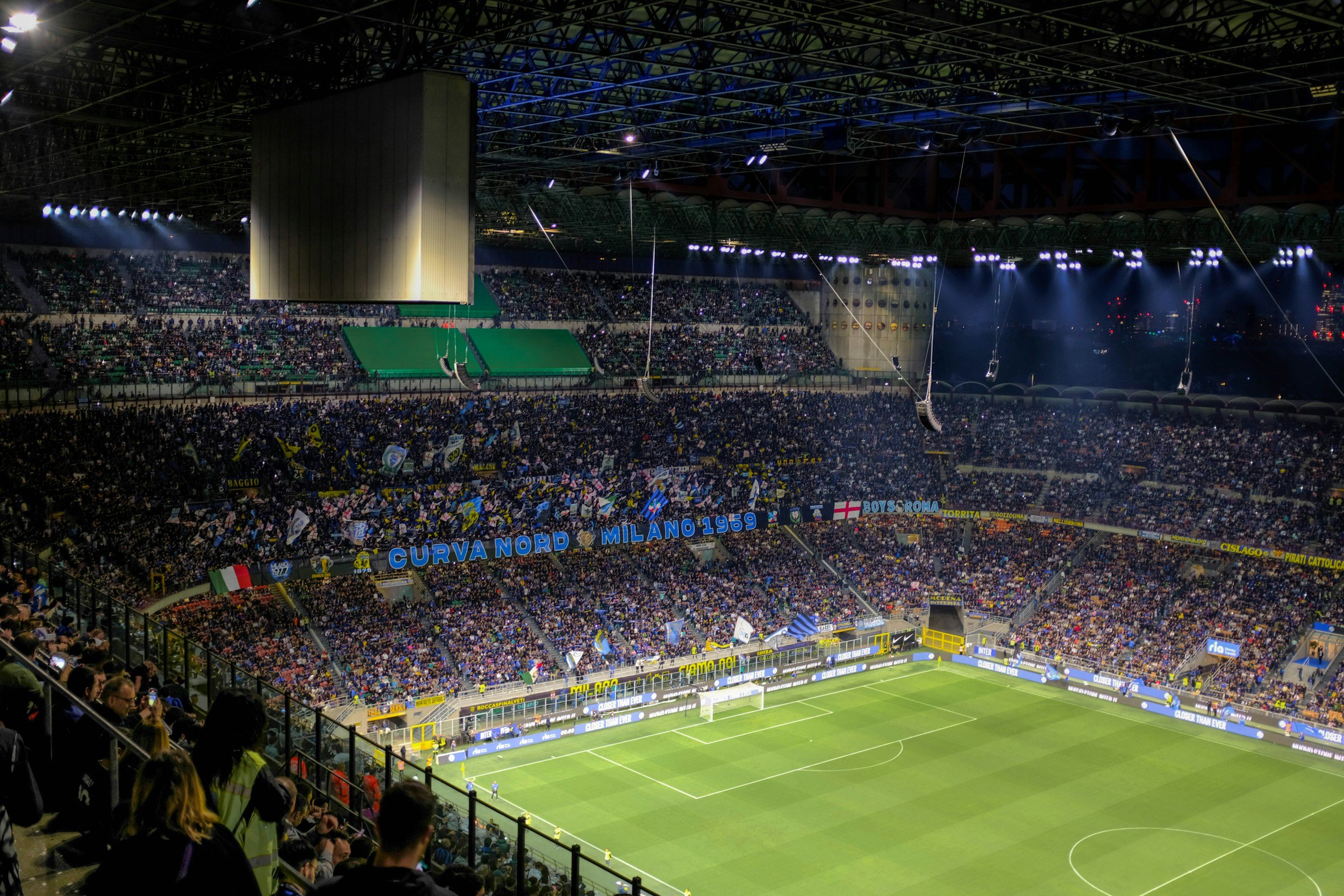Looking for a specific women’s football research topic?

A data-driven analysis of the technical and tactical evolution of elite women's football
The article "A Data-Driven Analysis of the Technical and Tactical Evolution of Elite Women's Football" by Lotte Bransen and Jesse Davis explores changes in women’s football from 2013 to 2022 by analyzing over 3,500 matches from top leagues and the UEFA Women’s Champions League.

Match workload and international travel associated with(ACL) injuries in professional women's football
The article "Match Workload and International Travel Associated with ACL Injuries in Professional Women's Football" examines the relationship between match congestion, travel demands, and injury risk among elite female soccer players.

Top-class women’s soccer performance: peak demands and distribution of the match activities relative to maximal intensities during official matches
The article "Top-Class Women’s Soccer Performance: Peak Demands and Distribution of Match Activities Relative to Maximal Intensities During Official Matches" investigates the physical demands placed on elite female soccer players during competitive matches.

Elite women's soccer match demand can be described using complexity-based analyses and multifractals
The article "Elite Women's Soccer Match Demand Can Be Described Using Complexity-Based Analyses and Multifractals" investigates the variability and dynamics of elite female soccer players’ movements during official matches.

Physical Demands of Women's Soccer Matches: A Perspective Across the Developmental Spectrum
The aim of this perspective paper is to describe the physical demands experienced during women's soccer matches across the developmental spectrum.

Anthropometric and Body Composition Changes during Pre-Season of Spanish Professional Female Soccer Players According to Playing Position
This study aimed to fill that gap by examining position-specific differences in anthropometric and body composition characteristics among Spanish professional female soccer players at the beginning and end of pre-season

Most common movements preceding goal scoring situations in female professional soccer
This study aimed to assess movements occurring during goal scoring situations in a female professional league.

Perturbations in elite female soccer matches: a conceptual and practical method to analyse variability and regularity between field zones and the spatial development of phase transitions
In this study, perturbations in elite women’s soccer matches (UEFA Women’s Champions League 2021–2022) were examined. Their variability and regularity were determined considering field zones positioning.

Characteristics of physical performance in professional female soccer athletes during a national competition
This study identifies the descriptive characteristics of physical performance in different positions, compare physical performance between the first and second half of the match, and determine the association between physical performance variables in professional female soccer athletes during a national competition.

Menstrual Cycle Phases and Elite Female Soccer During Training: Exercise Load Perception and External Workload Monitoring
The aim of the present study was to investigate the impact of menstrual cycle phases on external and internal loads in elite women’ soccer players during an in-season training period, and to describe the internal-external training load relationship, in relation to different menstrual cycle moments.

On the cost of wearing white shorts in women's sport
In this study, the author investigated whether playing in white shorts is negatively associated with performance by examining women's and men's football games from the World Cups and the European Championships between 2002 and 2023.

Foot and ankle injuries in women's soccer: epidemiology and risk factors
This article provides a narrative summary of current understanding of football injuries in female athletes.

Biomarkers of Muscle Damage and Physical Performance After Soccer Matches for Women’s Soccer Teams
This study aimed to examine the time interval for performance recovery in female amateur soccer athletes as measured by checking physical performance and through biomarkers after a soccer match.

Peak physical demands of elite women’s soccer: Assessing playing position and post-goal locomotor patterns
The current study aimed to assess post-goal locomotor patterns and positional differences on peak match demands in elite female soccer players.

Visual exploratory activity in elite women’s soccer: an analysis of the UEFA Women’s European Championship 2022
This study aimed to describe the visual exploratory activity (VEA) of elite female central midfield players and understand the relationships between VEA, performance with the ball and specific contextual and situational factors.

Analysis of FIFA 2023 Women’s World Cup match performance according to match outcome and phase of the tournament
The aim of the study was to analyze the FIFA 2023 Women’s World Cup match performance according to match outcome and phase of the tournament.

Analysis of physical variables as an indicator of performance in a sample of Colombian women's soccer players: influence of being a starter and a non-starter
For this reason, the objective of this study was to analyze the relationship between the physical variables of Squat Jump, Counter Movement Jump, Counter Movement with arms, right leg-left leg asymmetry, hamstring strength, change of direction, and speed in 5, 10 and 15 meters as an influence of being a starter and non-starter in a Colombian youth women's soccer team.

A data-driven framing of player and team performance in U.S. Women's soccer
Because many of the issues hindering the progress of women's soccer are rooted in media and managerial practices that marginalize or ignore its positive traits, a need exists for analyses that will properly identify its innate characteristics and competitive advantages so that media members, managers, and fans can accurately frame their perceptions of women competing in the sport.

Impact of the Menstrual Cycle on Physical Performance and Subjective Ratings in Elite Academy Women Soccer Players
Our study aimed to combine psychological and physical factors to explore the impact of the menstrual cycle on performance in elite academy women soccer players through weekly monitoring.

Match Exposure, Consecutive Match Number, and Recovery Days Affect Match Running During International Women's Soccer Tournaments
To determine the influence of tournament-specific factors (match exposure, consecutive matches, and days between matches) on match running in women's international soccer players (footballers), 28 players from 1 national team were observed over 4 international tournaments using 10 Hz global positioning system units.
